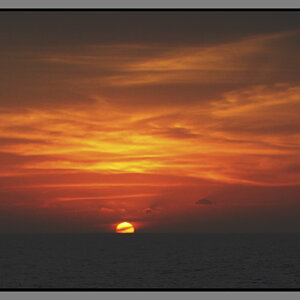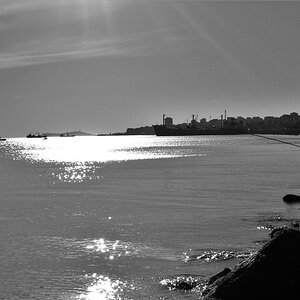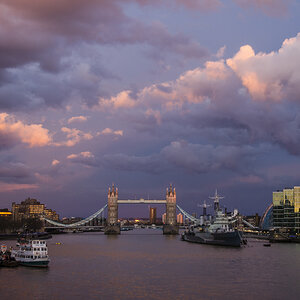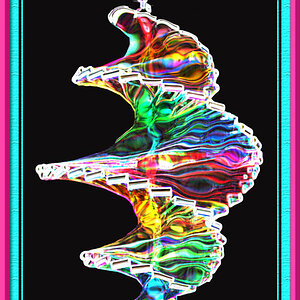- Joined
- Mar 22, 2014
- Messages
- 99
- Reaction score
- 29
- Location
- London , Kentucky
- Can others edit my Photos
- Photos OK to edit
First off my meter (new to me as of today) is a Sekonic L-478D. I get the whole "Two exposure" thing. And, I know how to meter for the ambient exposure. I want to be able to mix fill flash in with ambient at around 30% flash to ambient depending on the situation. And, I'm just a bit confused as to what is the proper methodology to obtain that.
To my understanding:
1. Set the desired ISO then meter for the ambient exposure using either T or A priority mode to establish the baseline. And to light the background to suit the look your going for.
2. Meter for the fill flash ( And this is where I am cloudy ) using the exact same settings ( T , A and ISO )? And then adjust power and / or distance to obtain the % of light being added by the flash to what I am looking for ? I also realize that A can be used to adjust the amount of flash.
Perhaps a stupid question but, it's been YEARS since I've used a meter and even then it was only to determine settings for studio lighting and not OCF in an outdoor environment. Man, if ever someone needed a mentor it's me
Thanks for helping a slow learner out !
Mike
To my understanding:
1. Set the desired ISO then meter for the ambient exposure using either T or A priority mode to establish the baseline. And to light the background to suit the look your going for.
2. Meter for the fill flash ( And this is where I am cloudy ) using the exact same settings ( T , A and ISO )? And then adjust power and / or distance to obtain the % of light being added by the flash to what I am looking for ? I also realize that A can be used to adjust the amount of flash.
Perhaps a stupid question but, it's been YEARS since I've used a meter and even then it was only to determine settings for studio lighting and not OCF in an outdoor environment. Man, if ever someone needed a mentor it's me
Thanks for helping a slow learner out !
Mike


![[No title]](/data/xfmg/thumbnail/37/37113-886cb28b1e3fb197bdd00a9148269407.jpg?1619737882)
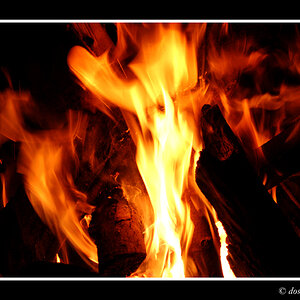


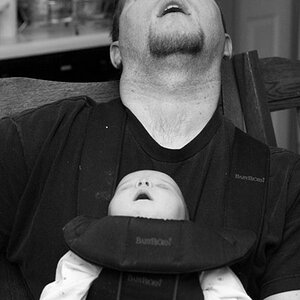
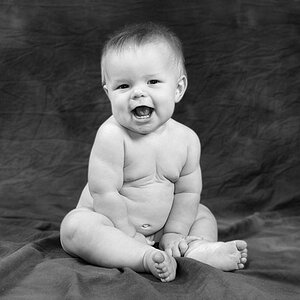

![[No title]](/data/xfmg/thumbnail/30/30881-c36788e79b12973b7bf57c94b46961e9.jpg?1619734495)
